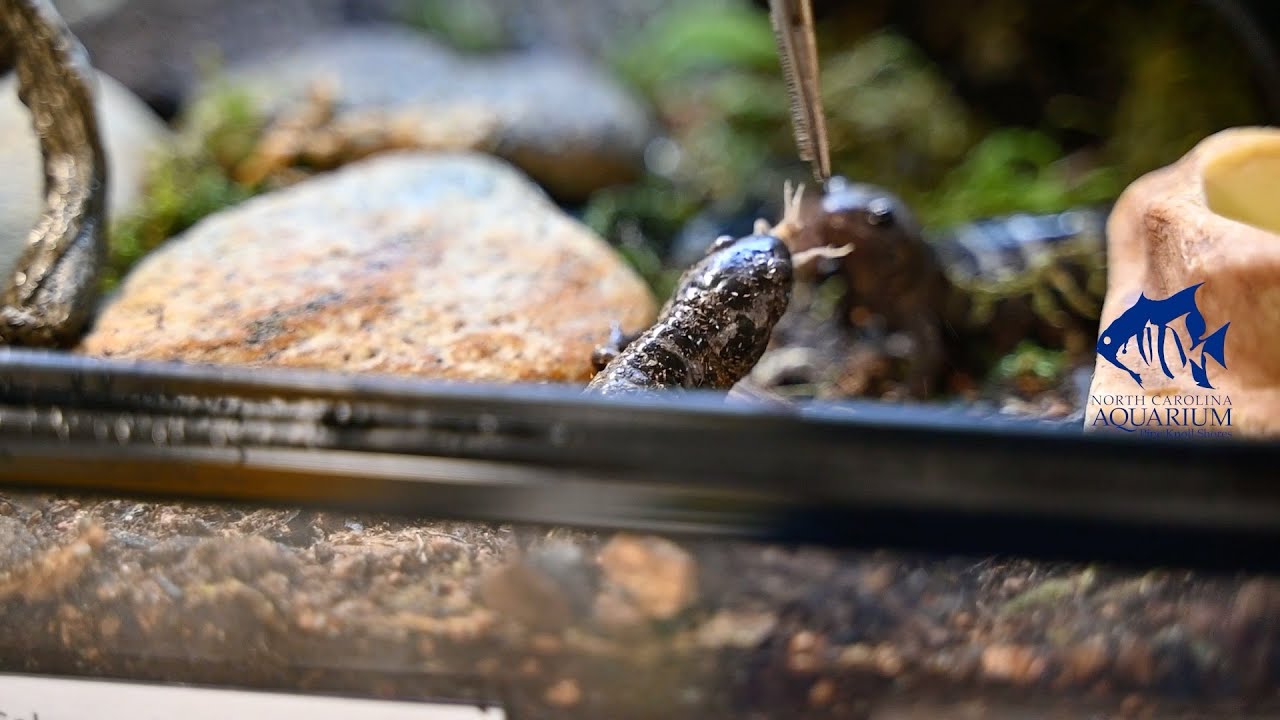– Salamander dietary habits and the role of crickets in their nutrition
– The importance of understanding animal behavior in captivity for effective zoo management
– Conservation efforts for salamanders and their natural habitats
– The impact of environmental changes on salamander populations
Salamanders are fascinating amphibians known for their regenerative abilities and diverse species. Observing their eating habits provides insights into their ecological role and requirements for their care in zoos and conservation initiatives. Crickets are a significant component of their diet, especially for carnivorous or insectivorous species. These insects offer essential nutrients, making them a staple in captive and wild salamanders’ dietary regimes.
Understanding salamanders’ dietary preferences and nutritional needs is crucial for zoo management and wildlife caretakers. Salamanders require a varied diet to maintain their health and encourage natural behaviors. Crickets, loaded with protein, are readily consumed by salamanders, demonstrating the predator-prey relationship in their ecosystem. This dietary inclination highlights the importance of researching and providing a naturalistic diet in zoo environments to promote the well-being and longevity of these amphibians.
In captivity, feeding salamanders an appropriate diet is more than just a nutritional requirement; it’s an aspect of environmental enrichment. Watching amazing salamanders eating crickets narrates a story of their natural behaviors, mentally and physically stimulating them. For zoo managers and herpetologists, ensuring the availability of a diet that mimics what salamanders would find in their natural habitats is key. This may include varying the size and type of feed, introducing live prey, and timing the feedings to imitate natural hunting periods. Such practices not only cater to the nutritional needs of salamanders but also play a significant role in their overall care and management in captivity.
Conservation efforts for salamanders have gained attention due to population decline resulting from habitat destruction, pollution, and climate change. Conserving their natural habitats and understanding the ecological dynamics, including diet, predators, and other environmental factors, is vital for survival. Salamanders play an integral role in the ecosystem, controlling insect populations and acting as bioindicators that help scientists assess the environment’s health. Therefore, protecting these creatures and their habitats is essential for ecological balance.
Environmental changes pose a significant threat to salamander populations worldwide. Alterations in temperature, moisture levels, and habitat destruction due to urban development contribute to declining numbers. These changes not only impact the availability of essential prey, such as crickets, but also disrupt the delicate balance of their ecosystems. Conservation efforts focus on mitigating these impacts by protecting natural habitats, regulating pollution, and fostering a broader understanding of salamanders’ ecological roles.
In zoos and habitats under human care, creating environments that reflect natural conditions is crucial for preserving and educating these species. Exhibits displaying amazing salamanders eating crickets can educate the public about salamanders’ importance to biodiversity and ecosystem health. These insights can encourage conservation actions and foster a deeper appreciation for these often-overlooked amphibians.
Protecting salamanders and ensuring their populations can thrive requires a multifaceted approach. This includes habitat protection, pollution control, and the reproduction of species in captivity as part of broader conservation programs. Integrating scientific research with public education and habitat restoration efforts forms the foundation of salamander conservation. These initiatives aim to safeguard existing populations and restore those that have been depleted.
To sum up, amazing salamanders eating crickets is more than just an intriguing natural spectacle; it embodies the critical aspects of dietary behavior, conservation importance, and the effects of environmental changes on amphibian populations. By understanding these elements, zoo managers, conservationists, and the public can contribute to the preservation and well-being of salamander species across the globe. Engaging in proactive conservation practices and habitat protection endeavors will ensure that future generations may also witness the fascinating world of salamanders.
*****
Source Description
We’re wrapping up Amphibian Week 2024 with videos of some of our amphibians being fed! Check out these marbled salamanders and a spotted salamander getting a little bite of cricket.

